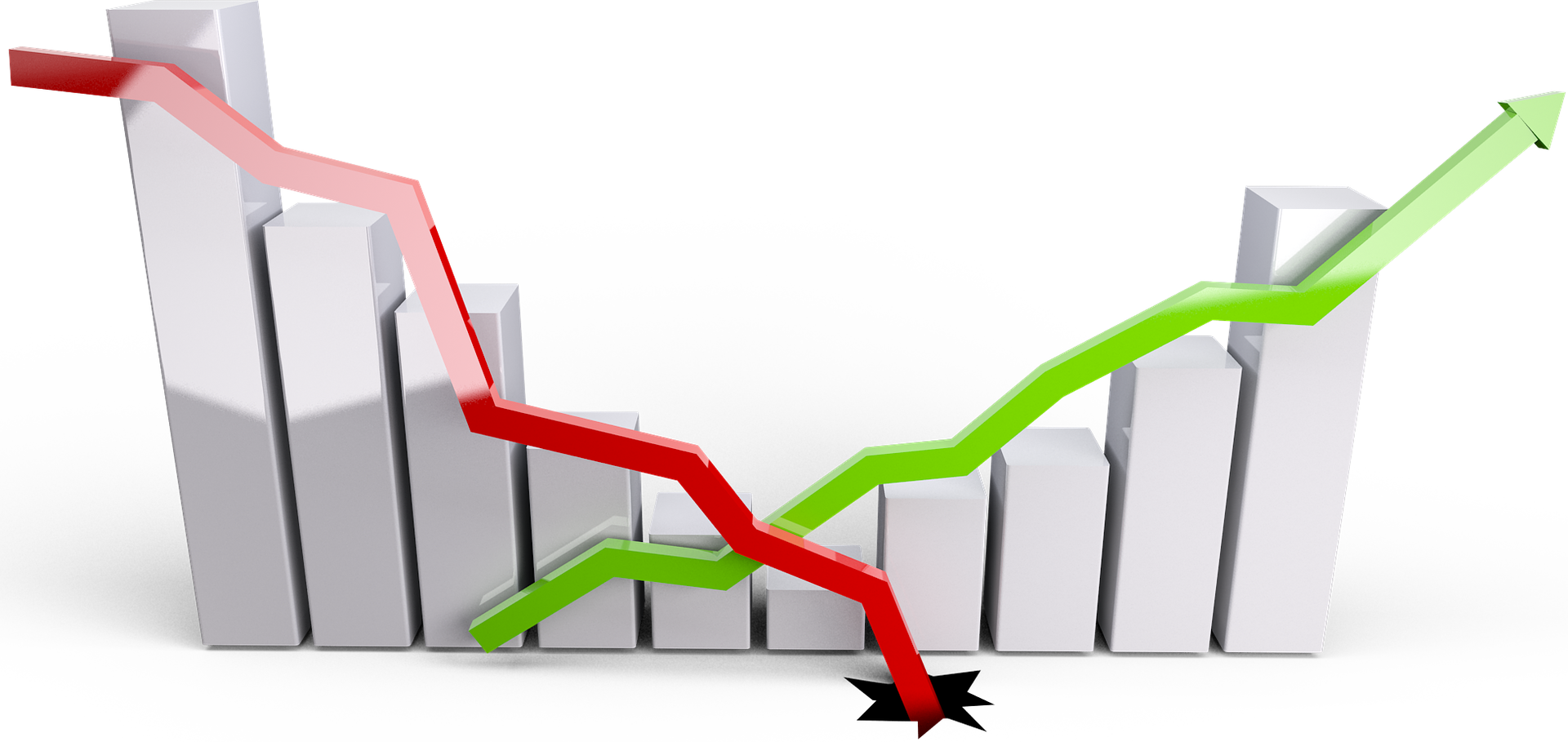Do nothing! It’s certainly a better choice then what many people decide to do, namely selling into a losing market.
The common thought process when you see your 401k tanking or read the headlines about a correction in the market is, “let me sell now so that I am spared from the worst.” It’s well documented that a human’s aversion to pain is much greater than their want to succeed. So this is a natural response for many.
The problem is that we cannot see the future. We can’t know if the 500-point decline in the Dow today will be followed by a 700-point rally tomorrow and by selling at the end of today today we’ll miss out on that rally tomorrow. We can’t tell if we are at the beginning, middle or end of a particular short-term rut in the market.
In short, investing in the stock market should always be a long-term activity. Typically, if you will need the majority of the cash that you have invested in the stock market within the next 5 years, you should not have that cash invested in the market. Of course, it’s important to diversify your investments, and rebalancing portfolios to better withstand the vicissitudes of the market is a good idea from time to time, but reacting when the market is in panic mode is a bad idea.
So what should you do? Continue the course and keep on investing in a way that smooths out your purchase price. A way to do this is through dollar cost averaging. If you’re like many who invest through a retirement plan at work (such as a 401k, 403b, etc…) you are already doing it. Part of your paycheck is deducted every few weeks and invested in the stock; you are buying a little bit on a given schedule into the market, whether the market is up, down or sideways. This averages your purchase price over a long term and takes the emotion out of when to buy, which is a very good thing as emotions do not mix well with proper investing technique.
Alternatively, if you have a chunk of cash that you want to enter the stock market with, it may be best to split it into “pieces” and enter at given intervals so that you can benefit from this dollar cost average principle. For example, if you have $10,000 to invest, you may say that you will invest $2,000 at the 1st day of each month over the next 5 months. This way, you stick to you plan, and whether the market is up or down, you get an average buy-in price over a 5-month period and not a buy-in price of the one day that you “thought” the market was down.
In sum, don’t try to outsmart the market by timing it’s ups and downs. It’s really, really hard to do this effectively and very easy to get burned. Be smart, dollar cost average into the market and wait out the bad times for the long term gains we are all looking for.


